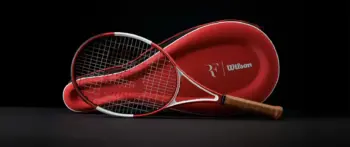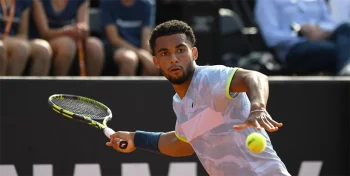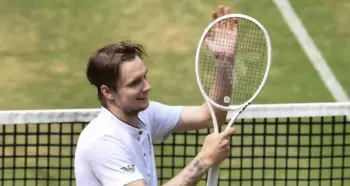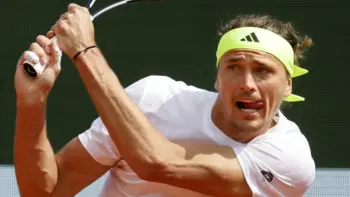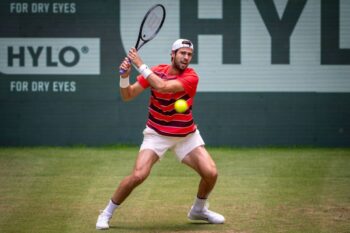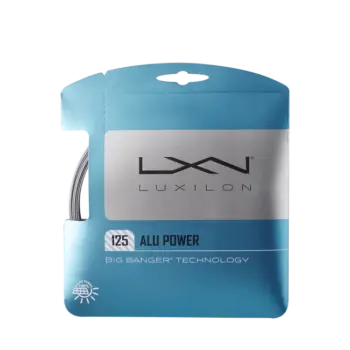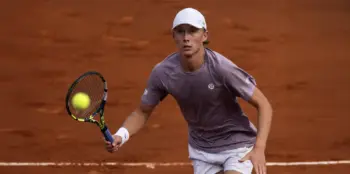The tennis world was recently shaken by two doping cases that involved both the men’s and (former) women’s World No. 1. Both Jannik Sinner and Iga Swiatek were tested positive for traces of banned substances, but the consequences were either none or very limited, if we think of other doping cases in the world of sport. Some fellow players have taken to the media and complained about this preferred treatment, while the fans of Sinner and Swiatek rather think of it as a witch hunt. But where is the truth in all this and will there ever be fair treatment?
The cases – what do we know?
First of all, my article does not claim to be the definite guide on how to handle these cases, nor do I have a set opinion on both players’ innocence. But here is what we know as facts.
Jannik Sinner was tested positive for Clostebol, an anabolic steroid, at Indian Wells this year. The case was only made public months afterwards, on August 20 by the ITIA (International Tennis Integrity Agency) and since the agency found “no fault or negligence”, there was no suspension. The amount found in Sinner’s test was less than one billionth of a gram, apparently an amount that would not alter performance according to the defense. Sinner later spoke out publicly that his physiotherapist had used a Clostebol spray on his finger, treating a cut with an over-the-counter product from Italy. Since then, the WADA has appealed this case and is looking for a suspension between one and two years for the ATP’s No. 1.
Iga Swiatek had a positive test on Trimetazidine, a prescription drug used for heart condition, and was handed a one month suspension in November. Her test stemmed from August in an “out-of-competition” period, and she subsequently sat out a number of tournaments. After serving the rest of her suspension, she played the WTA finals in Riad and spoke publicly that a supplement of hers was found to be contaminated. The ITIA again found “no significant fault or negligence” due to the low amount in the sample and coherent explanation. Her case, in contrary to Sinner’s, was not yet appealed of challenged by WADA or any other agency.
The reactions were quite diverse, as some fellow tennis players spoke about the preferred treatment of stars in comparison to others, while mostly fans were in big support of their heroes. The organizers of the pro tour remained mainly silent and also other key players, such as Alcaraz, were rather careful with their words afterwards.
Previous cases – was there a preferred treatment?
But some players, namely Nick Kyrgios and Denis Shapovalov at the front, spoke out about an unfair treatment in comparison to lower ranked pros. And if we look at cases like Mikael Ymer, there is some reason behind that. The Swede was banned from professional tennis for 18 months after missing three out-of-competition tests in 2023. Numerous players have alluded to the fact that it is easy to miss a test or reporting to the anti-doping agencies and the suspension seems harsh, considering Ymer never tested positive. On the other hand, the CAS had serious doubt about the Swede’s version of events that he presented in his appeal and upheld the suspension in a later communication.
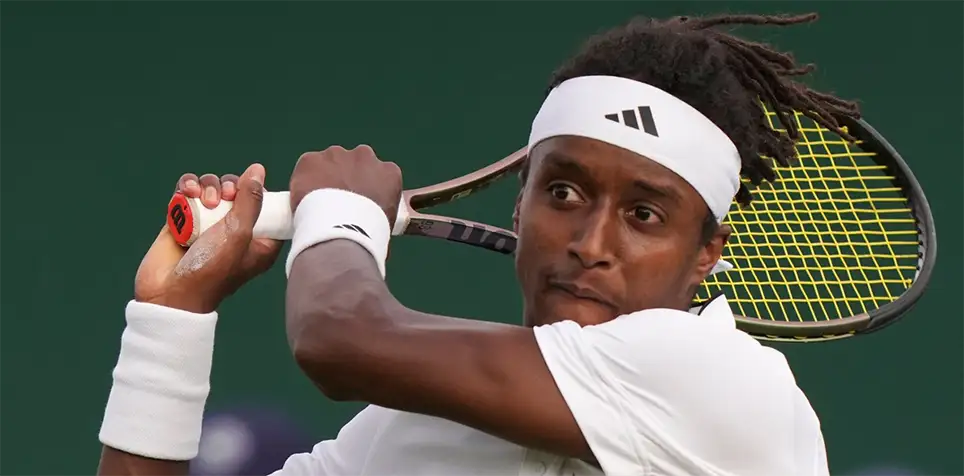
Another player addressing this is Simona Halep, who was suspended for four years after testing positive and the ITIA claiming irregularities with her biological athlete pass. Her ban was later reduced by CAS to nine months and she will be able to compete in the 2025 season, but undoubtedly the suspension put her successful career to an abrupt halt in 2022. She was a top-10 player at the time and now will have to fight back from a ranking outside of the top-800.
As we only know what is made public by the ITIA and players, we cannot fully grasp the differences between those cases and Sinner/Swiatek. But with their covered handling and quick decision, the ITIA opened the door for speculation heavily, allowing critics to further dig into the matter. They might have been just interested in safeguarding the players’ interests, but obviously their strategy failed on this one. One thing remains clear – there is a need for a clear framework around doping and suspensions, as there is with missed tests, where your third misconduct automatically hands you a bigger suspension.
How can ITIA improve the process going forward?
So, how can the agency make sure to have better processes in place going forward, without seemingly preferring top players? Andy Roddick mentioned in his podcast that they should define clear limits between traces and performance enhancing first. Both Sinner and Swiatek had minimal traces in their system, which could be due to contamination or due to a clever strategy of masking your doping practices. It is a thin line, as the doping industry will always be one step ahead of the testing.
If the ITIA and pro tours want to avoid a loss in credibility, as did other sports in the past (e.g. cycling, weightlifting etc), they need to be transparent and clear about the process and the investigations. There need to be clear limits, as much information about the investigation as possible and an unchanged suspension framework. It is a fairytale that doping wouldn’t help in technical sports such as tennis, drugs can improve concentration, stamina and power easily and surely there are athletes tempted by this. But if you want to avoid the bad look of covering up for your stars, you need to make sure that they adhere to a unified standard and ITIA did a bad job at that.
Surely, no one can say whether the No. 1 players are innocent for sure, even if the amount of substance and explanation seem fairly plausible. But we have seen plenty of good explanations in other sports, which still proved to be wrong in the end. So, a transparent approach and communication would be desirable instead of a late announcement with direct acquittal included. Let’s hope that tennis will be spared from any further doping scandals and that we can enjoy a (seemingly) clean sport going forward. Let us know what you think about those cases in the comments and let’s have a respectful debate going forward!



